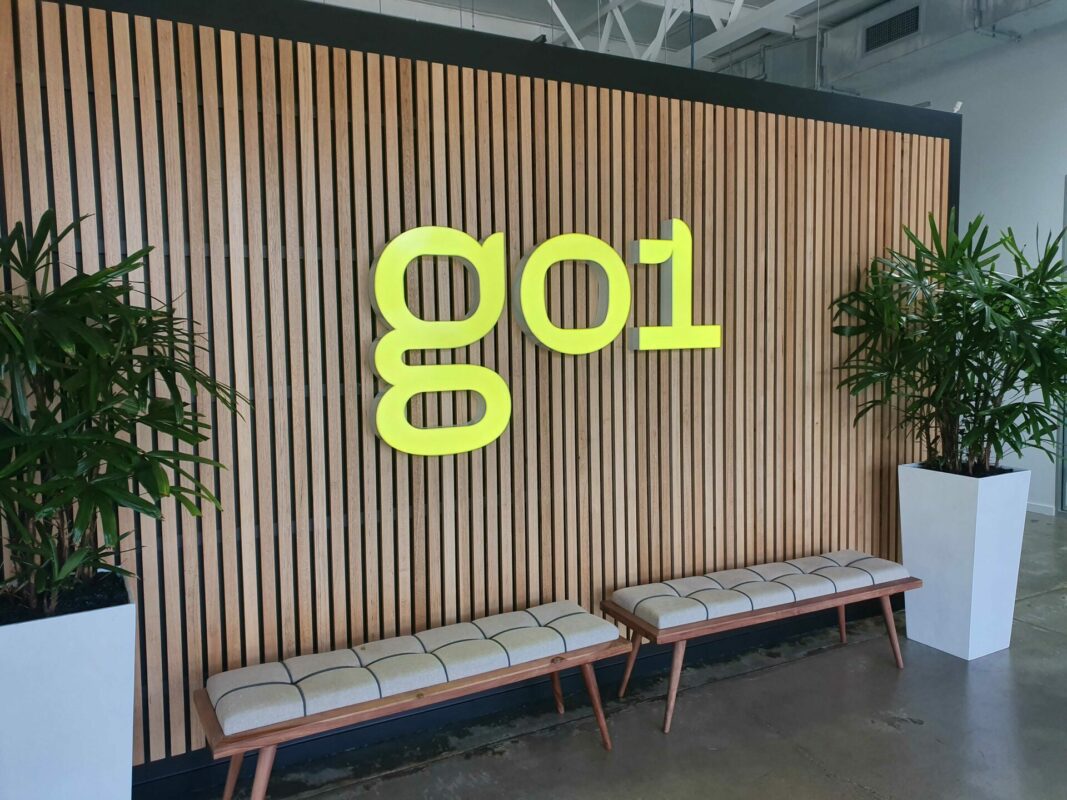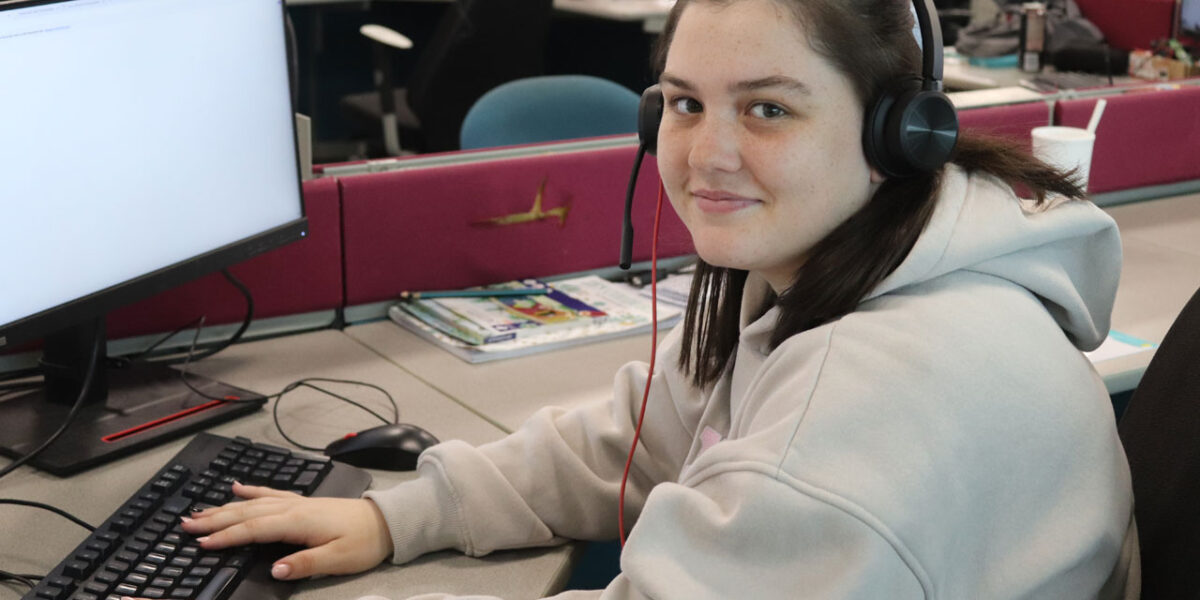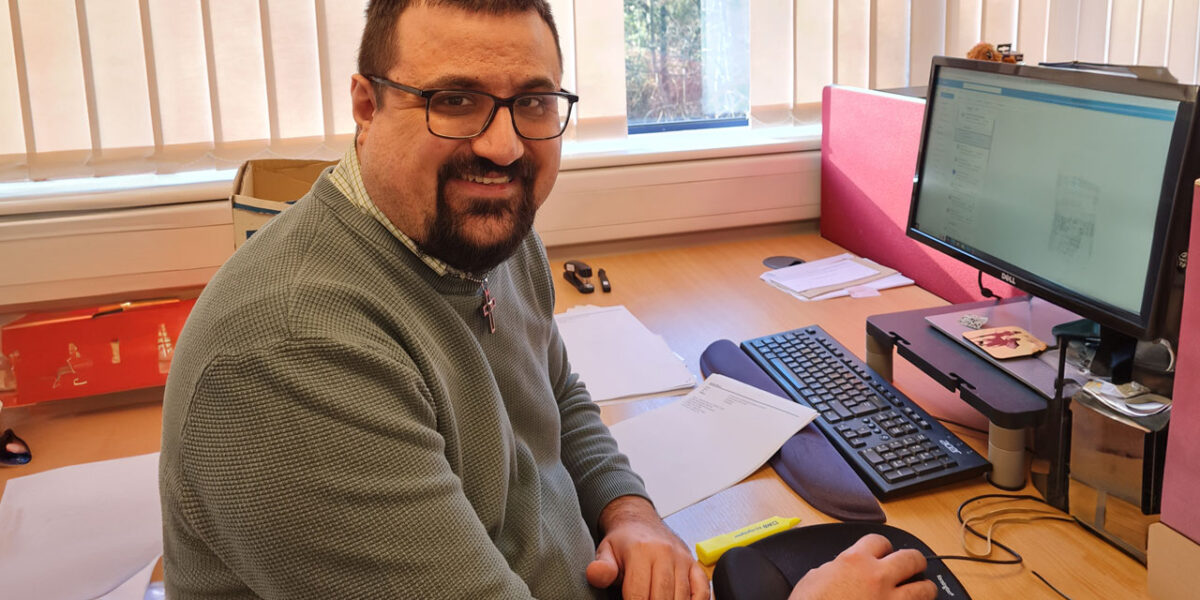Tips to upskill leadership and L&D teams to welcome next generations of apprentices entering the workforce


There is no denying that the modern workforce is more generationally diverse than ever before – As Gen Z (those born between 1997 and 2012) starts to enter the workforce at speed, companies will need to adapt in order to support, recruit and retain this new wave of talent.
Younger generations have increasingly different social environments and expectations, formative education backgrounds and professional apprenticeship experiences – this makes it essential for businesses to take these nuances into account if they want to keep and invite the best talent to join them.
In the post pandemic era of the great resignation, a hyper digitalised world, fast evolving societies and an increasingly opinionated youth, businesses are sometimes slow to keep up. The pandemic has highlighted cracks in company L&D programmes, which were not able to keep up with the times and support individual situations effectively.
Gen Z have different expectations from the workplace and their senior leaders than previous generations – Since they started to enter the workforce around 2019, there is one thing they knew for certain: traditional training methods are no longer the answer, and it is crucial for leadership to acknowledge and act on this in the everyday. Gen Z is very open to workplace learning. In fact, they expect it. According to Purdue Global, 84% of Gen Z expect their employer to provide formal training.
Ollie Browning from Go1 shares his top tips on how leadership can upskill and stimulate a new workforces as they step out of their studies, and apprenticeships to enter a what they hope to be a more humanised workplace;
Encourage and champion ‘learning in the flow’
When L&D programs are accompanied by resources like Slack, Microsoft Teams, and more, it creates an opportunity for employees to learn in the flow of their workday. Employees have demanded time and resources to work on their professional development, and this method is an opportunity for organisations to plug into the resources already available to employees. Learning in the flow will not only allow younger employees to develop their skills when it is convenient for them, but as we continue to transition to a hybrid workforce, it will support an efficient work and learning environment. According to The Deloitte Global 2021 Millennial and Gen Z survey, 27% of Gen Zs said they learned new work capabilities during their personal time – why shouldn’t it work the other way around?
L&D departments should take on holistic employee care
The adoption of personal health programming in the workplace is becoming more and more popular and will no longer pass as a perk. Leaders and organisations as a whole should encourage young professionals to discover every and any available resource that will support their professional and personal development. L&D programs need to take ownership of more than just developing employees’ skills and performance. It needs to tackle employees’ personal growth as well. Businesses should adopt programming that is centered around creating healthy personal and professional lives, which will lead to better employees and teammates. Topics such as dealing with burnout and mental health awareness have become more relevant than ever, but we will see it go a step further. Learning how to manage stress through mindfulness, as an example, is a training and educational resource that supports employees’ mental and physical health. These types of additions to L&D programs will become more standard and stand out as employees search for opportunities within their company resources to support their broader wellness goals.
Keep diversity at the top of the learning agenda
D&I programmes can make or break a Gen Zers decision to join and remain in a company. Keeping all aspects of inclusivity at the top of business leaders as well as L&D leads agendas is a must. A survey conducted by Deloit shows that: “Gen Zs aren’t just resilient— they’re channeling their energies into holding themselves and others accountable. They’re the people most likely to call out racism and sexism, and to shun companies and employers whose actions conflict with their personal values” As well as ethnic and sexual diversity, supporting neurodiversity is vital to any successful D&I programme and is a key concern for Gen Z professionals. Estimates show that about 18% of the population have neurodiverse learning needs. There’s a surprisingly effective role that L&D can play to meet these learners at critical junctures of their professional journey, especially at the start of their careers. Firstly, a holistic approach is vital, rather than viewing neurodiverse learners as an entirely separate category. Additionally, a learner needs assessment can be helpful to support neurodiversity in digital learning to focus on the content areas most lacking or difficult to comprehend.
Offer short form corporate learning content
In the last few years, we have seen social media explode, with TikTok and features such as Instagram Reels growing in popularity. These short-form style videos have taken how-tos and hacks to the next level by showing people all over the world how to uplevel their interview skills or tips for dealing with burnout. Additionally, they have proven that it is possible to deliver a strong message and clear learnings in under three minutes. This type of short-form content has had a real impact on younger Millennials and Gen Z and needs to be recognized by organizations as an effective strategy for workforce learning and development (L&D) practices.
Go1 offers the largest curated eLearning library from top training providers in a single subscription. Integrated with leading LMS, HRIS systems. Core to Go1’s work is their mission to unlock positive potential through a love for learning. They provide the opportunity for individuals to develop themselves to face the future, and for organisations to reach their strategy. Go1 is an established leader in online learning and education, and continues to work alongside some of the largest companies in the world covering a wide range of industries and regions.











Responses